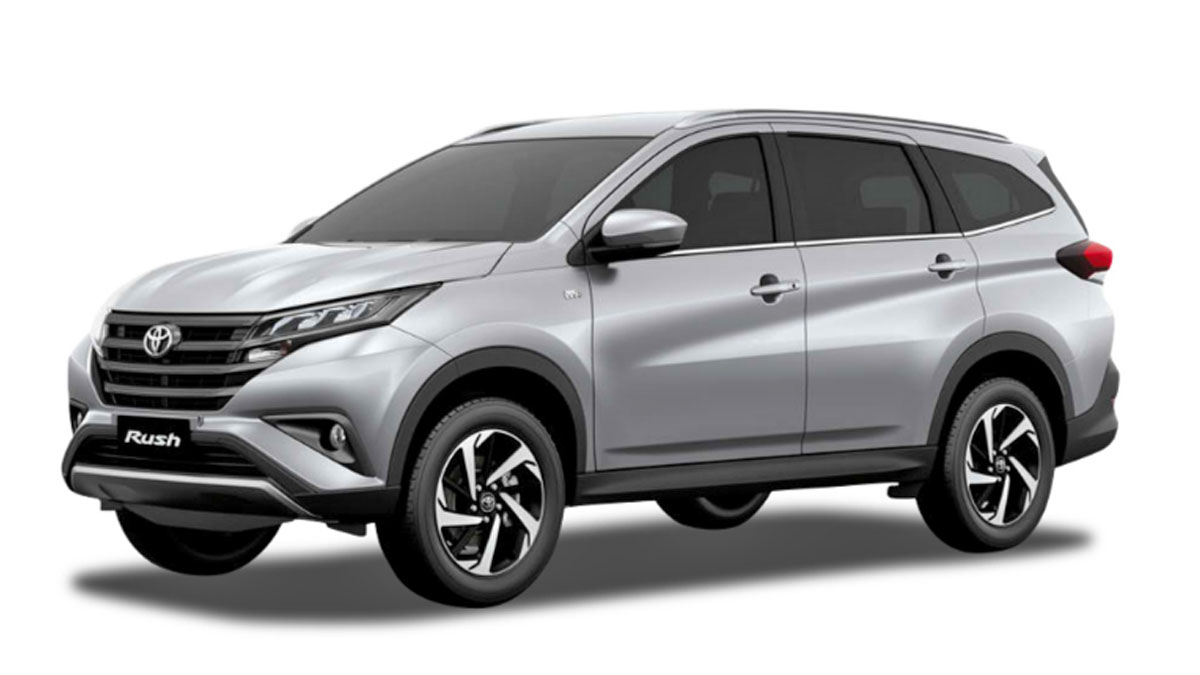
Before we talk about the upcoming movie Rush, let\'s first look back at other racing-inspired films of the past.
John Frankenheimer\'s Grand Prix and Lee H. Katzin\'s Le Mans are two racing films that have a great recall with fans. It captured motorsports in the 1960s and the 1970s, respectively, and portrayed the eras--something that was impressive at the time.
Since Grand Prix, no other Formula 1-inspired movie has come along. In the late \'90s, actor Sylvester Stallone was spotted in a number of F1 races, particularly at the 1997 Italian Grand Prix. Not able to put together the proper bits and pieces for an F1 film, he and director Renny Harlin switched to the American racing series, Champ Car. But really, Driven was a flick to forget. Following that film, there were rumors about a movie based on Ayrton Senna, with Antonio Banderas set to play the role--an idea F1 purists dissed from the very start.
Three years ago, a documentary film on the Brazilian three-time champion was finally released. No one would disagree that the movie Senna set the standard for Formula 1 movies.
Not long after that came the anticipation for Ron Howard\'s Rush. Word was that it had the right treatment, giving F1 fans something to look forward to. And if there was an F1 story that was going to be picked up by Hollywood, it all pointed to the 1976 championship.
The 1976 season stands out as a dramatic year between two great rivals with totally opposing approaches. James Hunt (played by Chris Hemsworth) was a playboy who enjoyed the party lifestyle and lived each day as if it were his last. And Niki Lauda (played by Daniel Bruhl) was one who calculated everything and was a genius at car setups; his near-fatal accident at the Nurburgring Nordschleife was the turning point of the year.
Three aspects make or break a Formula 1 film (or any film for that matter): accuracy of events, cinematography and production design. We\'re fortunate to have Niki Lauda, who told the series of events, not just from his side but from Hunt\'s as well, wherever applicable. He also pinpointed if things were off in the script and corrected them. Lauda and Bruhl worked side by side. He guided the actor even with the tiniest of details. You can\'t get any more accurate than that, can you?
Alastair Caldwell and other McLaren team personnel also helped give Rush the right direction and accuracy. The film highlights other significant Formula 1 characters like Lord Hesketh, Anthony \'Bubbles\' Horsley, designer Harvey Postlethwaite, McLaren team boss Teddy Mayer, Lauda\'s Ferrari teammate Clay Regazzoni and even the Commendatore himself, Enzo Ferrari.
The cars are equally central to the story, and they set the tone for the production design. There are actual cars from 1976 along with a number of replicas, and it\'s hard to tell the real ones from the copies. Hunt\'s McLaren M23 and Lauda\'s Ferrari 312T2 are spot on. Along with the production design, the cinematography replicates the light and texture from the period, and has the right amount of graininess to evoke the vibe of an \"old\" film. Actual racing footage was combined with new film for some scenes (such as Lauda\'s accident at the Nurburgring, which was reshot at the same spot) for added authenticity.
With both drivers having their own ups and downs through the course of the season, it\'s best to brush up on the events to better appreciate the accuracy Rush has to offer. F1 purists will be impressed, and it will make non-racing fans appreciate the sport.
Go see it. Rush to the cinemas on September 18.












